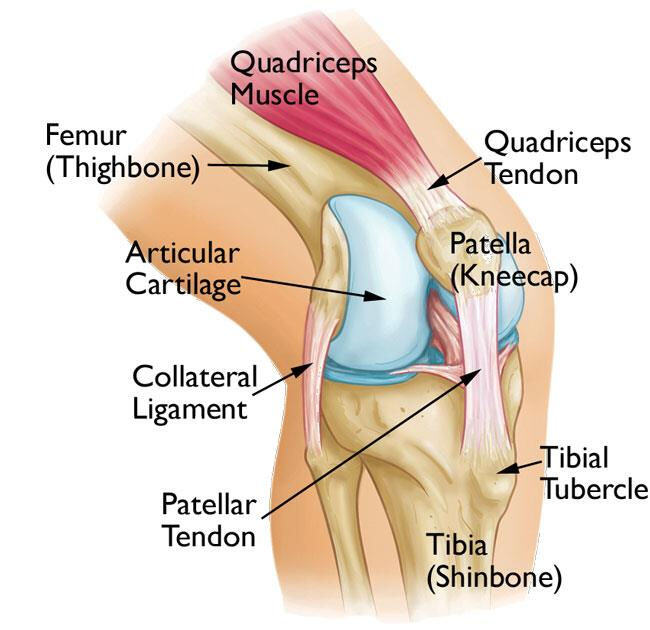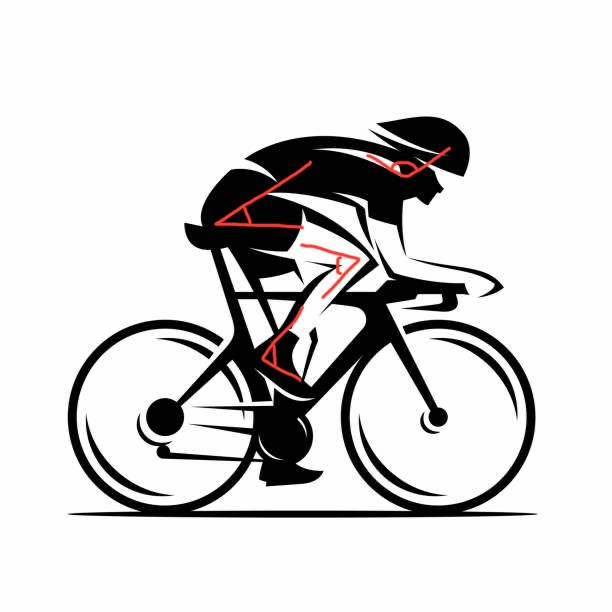Cyclists are often deemed lucky among endurance athletes due to the smoothness of the motion of peddling a bike in comparison to the jarring of the joints that comes with every step of running or hiking.
However, there is an painful condition that is so common amongst cyclists that it has legitimately been nicknamed “cyclist’s knee” (and “runners knee” and “jumpers knee”).
The condition is medically termed Patellofemoral Pain Syndrome or PFP.

It is a condition where the cartilage behind the patella (knee cap) gets damaged and no longer makes smooth, frictionless contact with the femur (upper leg bone) when the knee goes from flexed to extended or extended to flexed.

So how do you develop PFP? It’s possible for some athletes to be genetically predisposed to this type of injury because of the natural alignment of their knees. Some things like rapid growth spurts, gender, and varying activity levels through childhood play a role in how well your knee cap is aligned with the groove in your femur that it is supposed to slide in, as an adult, and can potentially predispose you to developing this condition over time. This motion, or repeated flexion and extension, also just so happens to be the very motion that cyclists (and many other athletes) perform repeatedly throughout their sport. This often takes place while the muscles attached to the patella are under great strain due to muscle contraction. This strain compresses the patella onto the femur even more aggressively, which with repetitive use, can irritate, inflame and damage cartilage and underlying bone.

The most common symptoms of this kind of knee pain may not be seen while performing the actually motion that irritates it, but rather later, when stair climbing, squatting or transitioning from sitting to standing after having been sitting for a while. But despite the potential of “bad genetics” or choosing a sport where this type of over use might occur, you are not doomed to deal with knee pain with activity forever.
So what can you start doing now to treat this condition or avoid it all together? It’s actually relatively simple! There is one muscle group, that when properly mobile, balanced and strong, supports the joint and pulls the kneecap into proper alignment with the femur.
That muscle group is called the Quadriceps Femoris.
As implied by the name, the quadriceps actually has four individual muscles that make up this powerful and very important muscle group. And when you really delve into specific muscle training, there are ways to help activate each of those individual muscles more intentionally. However for the sake of today’s post, we will focus mostly on full quad muscle group exercises/ mobility drills. Watch the video below for the exercises I most commonly prescribed to cyclists who need to strengthen their quads!
If you are interested in speaking to one of our clinicians who specializes in cycling and helping cyclists create training programs to help them address their individual weaknesses, please feel free to reach out and schedule a full evaluation. We would love to provide you with an individualized plan to keep you injury free or get you back to the cycling fitness program that you enjoy and love!
photos courtesy of : https://orthoinfo.aaos.org
.png?width=1280&height=720&name=Untitled%20design%20(22).png)




